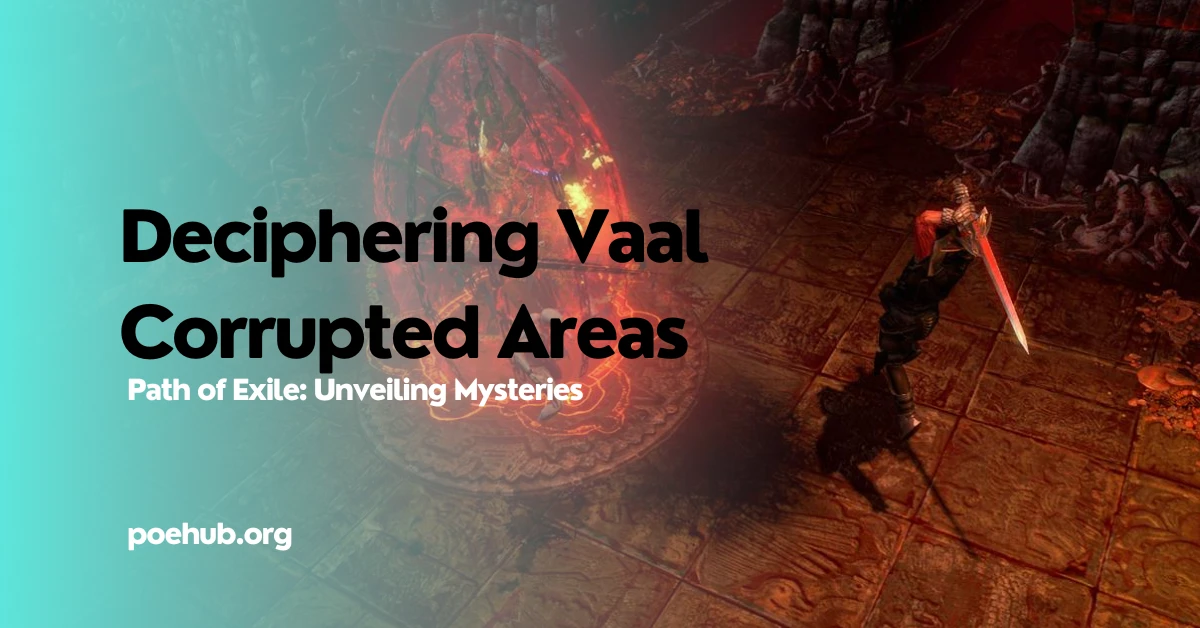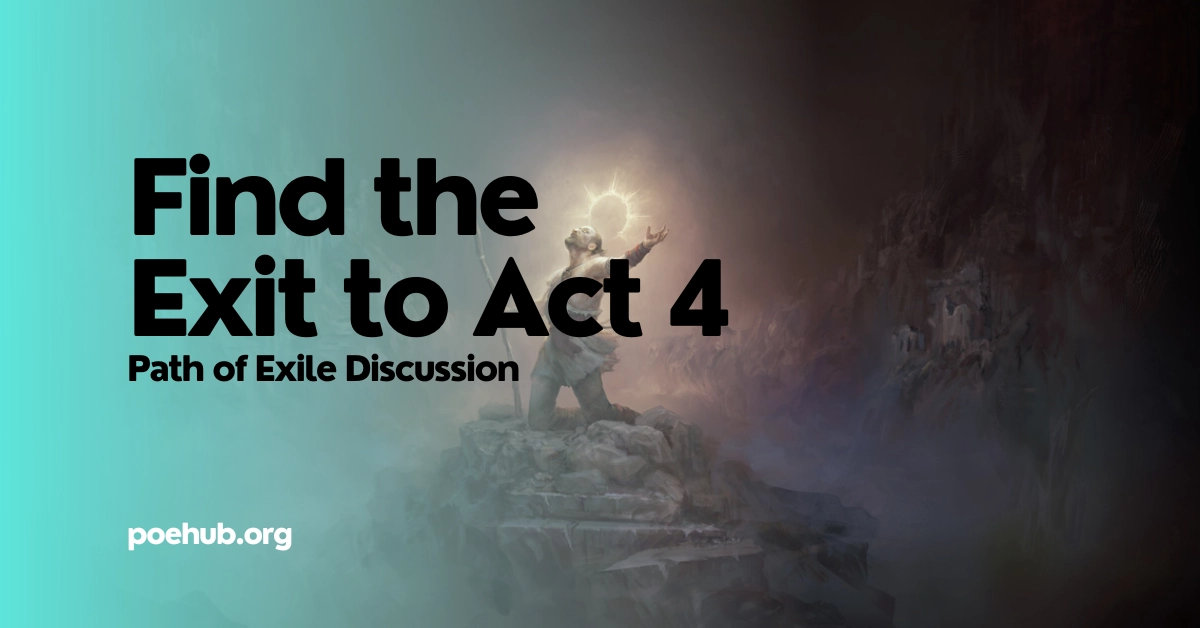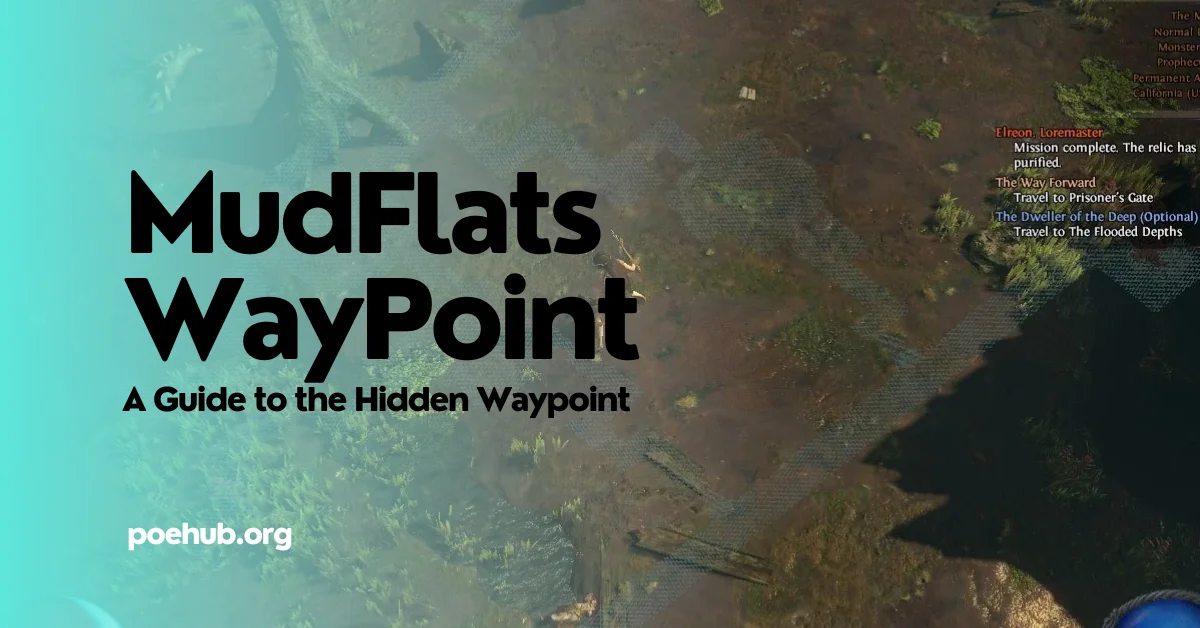Path of Exile (PoE), developed by Grinding Gear Games, is a complex and challenging action role-playing game known for its deep mechanics and intricate endgame system.
One crucial aspect of the endgame is the Atlas of Worlds, a dynamic map system that provides players with a vast array of challenges and rewards.
Navigating the Atlas can be daunting for newcomers, so this guide aims to provide a comprehensive walkthrough for Atlas progression in PoE.
What is PoE Atlas Progression?
The Atlas of Worlds is a series of interconnected maps that players can explore, each containing different layouts, modifiers, and bosses. The ultimate goal is to defeat the fearsome guardians and the Elder, powerful entities that shape the Atlas and influence its content.

Path of Exile (PoE) Atlas Progression refers to the system in the game that governs the exploration and advancement through the Atlas of Worlds. The Atlas is a complex network of interconnected maps, each with its own unique challenges, boss encounters, and rewards.
As players progress through the game, they unlock and complete these maps to earn valuable items, experience, and progress their characters.
The Atlas is divided into different regions, each governed by a Conqueror who holds influence over specific maps within that region. Players start their progression by completing maps in the outer regions and gradually work their way towards the center, where more powerful and challenging maps await.
Conquering maps in a region requires defeating the Conqueror in a boss fight, which unlocks the next tier of maps and advances the player’s Atlas progression.
A key feature of the PoE Atlas Progression system is the Conqueror influence mechanic. As players complete maps, they may encounter the influence of one of the four Conquerors: Al-Hezmin, Baran, Drox, and Veritania.
Conquering influenced maps and defeating the Conqueror when they appear increases the influence level in that region, ultimately leading to a showdown with the Conqueror. Successfully defeating a Conqueror advances the player’s Atlas progression, allowing them to tackle higher-tier maps and face even more formidable challenges.
In addition to Conquerors, players must contend with the Maven, a powerful entity that observes and judges their battles. The Maven offers additional challenges by requiring players to prove their mastery in combat against certain bosses while she watches.
Successfully completing the Maven’s challenges unlocks access to the Maven’s Crucible, a unique endgame encounter that offers lucrative rewards.
Overall, PoE Atlas Progression is a dynamic and engaging aspect of the game that adds depth and variety to the endgame experience. It encourages players to explore the diverse range of maps, defeat challenging bosses, and continually strengthen their characters in the ever-evolving world of Path of Exile.
Map Tiers and Progression
Maps are categorized into different tiers based on their difficulty, ranging from Tier 1 to Tier 16. Higher-tier maps offer greater challenges and better rewards. To progress through the Atlas, players should focus on completing maps of the current tier to unlock adjacent maps and advance towards the center.
In Path of Exile (PoE), the Atlas of Worlds is a complex system that governs map progression. Maps are divided into tiers, with each tier representing a certain level of difficulty and corresponding monster levels. Here’s a general breakdown of map tiers and progression in the Atlas:
1: Tier 1-5: Early Game
- These maps are considered the starting point for most characters.
- Tier 1 starts with low-level content, and Tier 5 represents early to mid-level challenges.
2: Tier 6-10: Mid Game
- As you progress, you’ll move into these mid-tier maps.
- Tier 10 maps represent a significant jump in difficulty, introducing tougher bosses and enemies.
3: Tier 11-16: Late Game
- These are high-level maps, with Tier 16 being the highest.
- Endgame content, including powerful bosses, is found in these tiers.
4: Awakener Bonus Objectives: Watchstones
- By socketing Watchstones into regions on the Atlas, you can increase the tier of maps in those regions.
- Completing bonus objectives in each region by defeating Conquerors and the Awakener grants you higher-tier maps.
5: Maven’s Invitation: The Maven’s Challenges
- The Maven’s challenges involve completing maps under her watchful gaze.
- Successful completion of these challenges unlocks additional rewards and higher-tier maps.
6: Elder and Shaper Influence
- The Elder and Shaper can influence maps, changing their properties and creating challenging encounters.
- Defeating the Elder or Shaper Guardians allows access to their respective realms.
7: Harvest and Other League Mechanics
- League mechanics such as Harvest can influence map progression, providing additional rewards and challenges.
8: Endgame Grinds: Sirus, The Awakener
- The ultimate endgame boss, Sirus, The Awakener, is encountered by progressing through the Atlas and defeating Conquerors.
- Defeating Sirus multiple times increases Awakening Level, making the endgame even more challenging.
Remember that Atlas mechanics can change with game updates and expansions, so it’s always a good idea to check the latest patch notes or community resources for the most up-to-date information on Path of Exile’s Atlas progression.
PoE Atlas Progression Strategies:
Before delving into the Atlas, players must complete the ten acts of the main story and defeat Kitava. This unlocks the Atlas and allows access to maps. The first map device is found in the Templar Laboratory, and activating it opens the way to the endgame content.
Several strategies can be employed to efficiently progress through the Atlas:
- Complete Bonus Objectives: Each map has bonus objectives, such as killing the map’s boss or completing it with a certain rarity of items. Fulfilling these objectives increases the chance of map drops and influences Atlas completion.
- Atlas Completion Bonus: Completing a set percentage of maps on the Atlas grants a bonus to map drops. Aim for a high Atlas completion rate to enhance the overall map sustain.
- Shaping the Atlas: Players can use Shaper’s Orbs to shape specific maps, increasing their tier and altering the Atlas layout. Strategic shaping can influence the maps that drop, allowing for more targeted progression.
1: Elder and Shaper Influence:
As players progress, the Elder and Shaper will vie for control of the Atlas. Tracking their influence and strategically defeating their guardians can result in lucrative rewards, including Elder and Shaper items and special map modifiers.
2: Conquerors of the Atlas:
Conquerors are powerful bosses that can appear on influenced maps. Defeating them advances the Atlas storyline and unlocks new Awakener levels. As players conquer more regions, they face the ultimate challenge of Awakener fights, culminating in a confrontation with the formidable Sirus, Awakener of Worlds.
3: Utilizing Watchstones:
Watchstones are crucial items obtained by defeating Conquerors. Placing them in the Atlas regions enhances the difficulty and rewards of maps in that area. Experiment with different Watchstone combinations to optimize your Atlas progression.
4: Trade and Currency:
Participating in the in-game economy is essential for acquiring high-tier maps and optimizing Atlas progression. Trade for missing maps, invest in quality-of-life items, and utilize currency wisely to enhance your character’s capabilities.
Conclusion
Mastering the Atlas progression in Path of Exile is a multifaceted and rewarding experience. By understanding map tiers, utilizing strategic shaping, and engaging with the complex influences of the Elder and Shaper, players can navigate the challenges of the Atlas and unlock the full potential of the endgame content.
Experiment with different strategies, stay informed about updates, and enjoy the ever-evolving world of PoE’s Atlas.
FAQS (Frequently Asked Questions)
What is a PoE Atlas Progression Guide, and why is it essential for Path of Exile players?
A PoE Atlas Progression Guide is a comprehensive resource that helps players navigate the Atlas of Worlds in Path of Exile. It provides step-by-step instructions on how to efficiently progress through the game’s endgame content, conquer map objectives, and optimize strategies for better loot and experience gains.
How does the Atlas of Worlds work, and what role does a progression guide play in mastering it?
The Atlas of Worlds is a complex system in Path of Exile, comprising various maps and regions. A progression guide breaks down the intricacies of the Atlas, explaining how to unlock and complete maps, manipulate the Atlas to favor specific content, and strategize to face endgame bosses. It serves as a roadmap for players to maximize their efficiency and rewards.
What are some common challenges addressed in a PoE Atlas Progression Guide, and how does it assist in overcoming them?
Challenges in the Atlas include understanding map mechanics, sustaining map pool, and effectively dealing with endgame threats. A progression guide offers insights into map strategies, crafting, and Atlas objectives, helping players overcome hurdles and progress smoothly through the endgame, ensuring a consistent flow of challenging content and rewards.
How does a PoE Atlas Progression Guide adapt to different playstyles and builds?
A well-crafted guide acknowledges the diversity in player builds and playstyles. It provides general advice while allowing flexibility for players to adapt strategies based on their character strengths and weaknesses. This ensures that the guide remains relevant for a wide range of builds, accommodating both beginners and experienced players.
Can a PoE Atlas Progression Guide be used for both solo and group play, and does it cater to both hardcore and casual players?
Yes, a good Atlas Progression Guide caters to various playstyles and preferences. It offers guidance for both solo and group play, considering the dynamics that change in a party setting. Additionally, it addresses the needs of both hardcore and casual players, offering tips for those seeking intense challenges and those who prefer a more relaxed gaming experience.
Recent Posts
- Path of Exile Kuduku: Unveiling the Mysteries of Kuduku
- PoE Atlas Guide: Master the Art of the Atlas
- Path of Exile Terms: Community-Driven Guide to PoE Terms
- Deciphering Vaal Corrupted Areas in Path of Exile: Unveiling Mysteries
- Unraveling the Secrets of Path of Exile’s Graveyard Map

My name is Latonia, I am a content writer who can simply write any complex topic. Emphasize providing helpful tips and strategies throughout my articles.



